Hiking through Arcadia’s rolling hills in the Peloponnese, I headed toward one of Greece’s lesser-known gems—the Open-Air Water-Power Museum in the mountain village of Dimitsana. The winding trail blends nature and history, leading me past running streams and shady forests before I finally reached this unusual museum.
I couldn’t help but notice how the area’s simple watermills once powered whole communities, shaping the daily life and culture here.
The trail to the museum feels like a real journey back in time. Along the way, I passed old stone bridges and listened to the rush of water, which once drove everything from flour mills to tanneries.
By the time I arrived, I was eager to learn how water shaped Arcadia and the wider Peloponnese.
There’s something about exploring local history where it actually happened. The Open-Air Water-Power Museum in Dimitsana doesn’t fit the usual “museum” mold—there are no silent halls or endless glass cases.
It’s lively and hands-on. If you want to mix beautiful Greek scenery with a deeper understanding of its past, this hike is honestly one of the most rewarding I’ve ever taken.
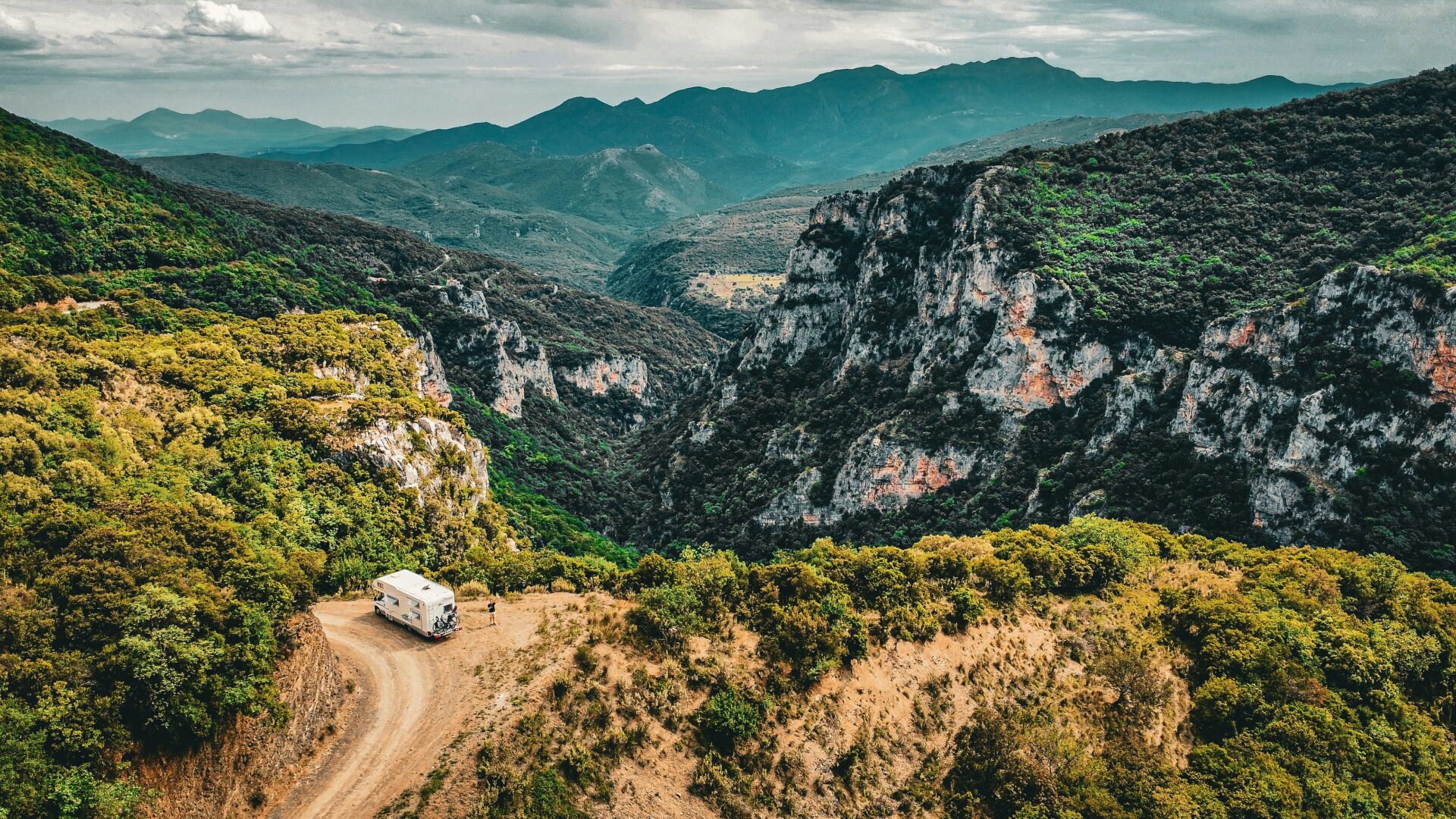
Tracing History at the Open-Air Water-Power Museum
When I walked into the Open-Air Water-Power Museum, it felt like I’d stepped back in time. The sounds of rushing water, creaking wooden machinery, and cobbled paths all come together to show how water shaped everyday life and even the fate of Greece.
The Water-Powered Legacy
Water in old Greece did a lot more than just quench thirst or water crops. It powered small industries and daily work.
At the museum, restored watermills churn and clatter, their wooden gears moving just like they did centuries ago. These mills ground wheat, pressed olives, and even helped make textiles.
I loved seeing how simply directing streams could give whole villages electricity and food. There’s a miller’s house, too, set up just as it would have been. This living history makes it easy to imagine what life sounded and felt like when water was the main energy source.
The path through the museum winds past working watermills and water-powered workshops. Each spot shows how medieval Greek society thrived by using natural resources, long before anyone thought of engines.
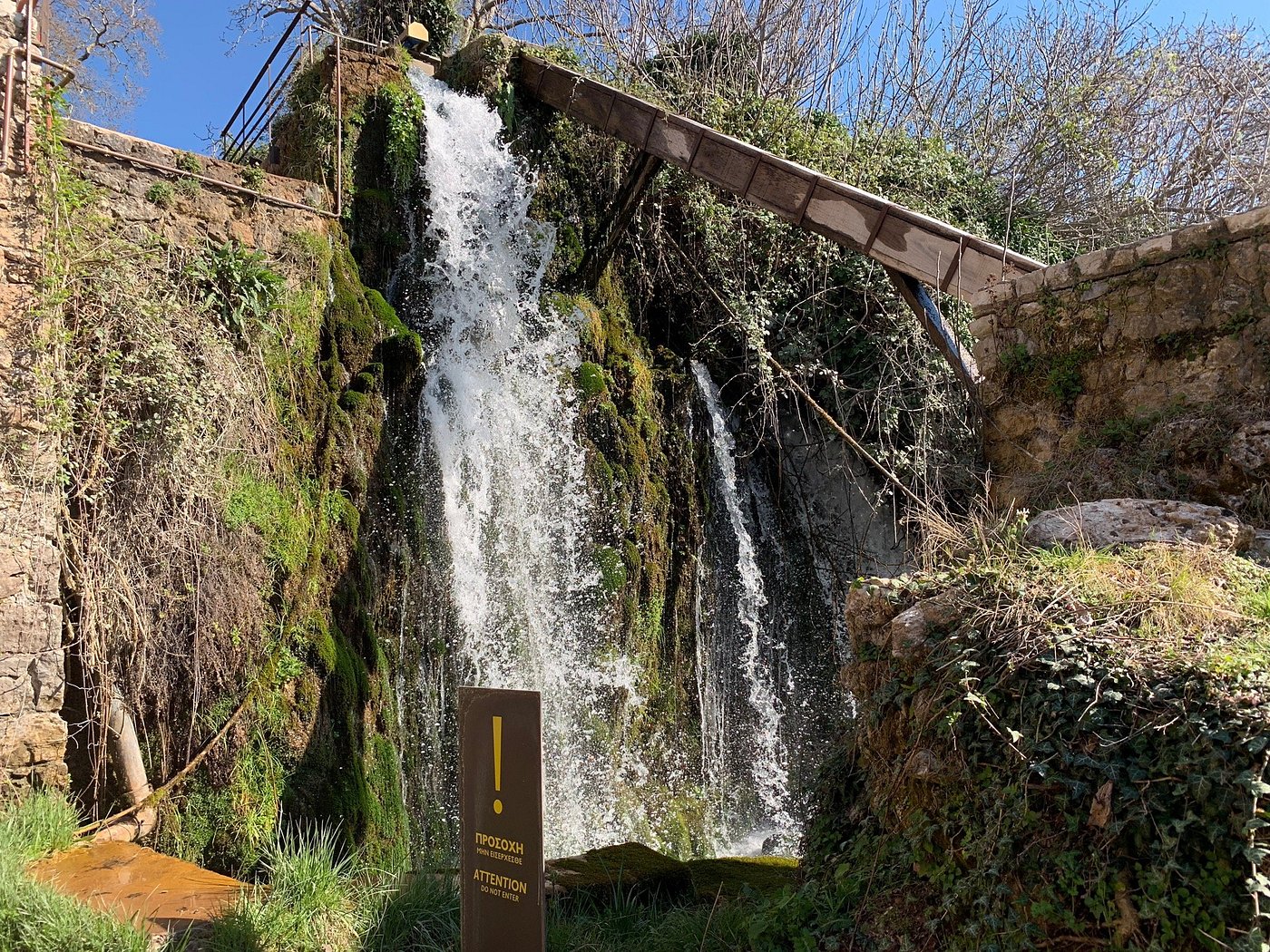
Greek Industrial Heritage with the resourcefulness of later Byzantine and Ottoman communities.
I watched a traditional tanner at work in the old tannery building. He used the same tools and methods as they did over a hundred years ago.
Large wooden vats, still stained by water, fill the space with the scent of history.
Dimitsana’s mills boosted the local economy and showed how rural towns made use of whatever was at hand to survive and grow. The museum’s displays taught me more about everyday workers—the smiths, textile makers, and millers—than many big city museums ever could.
Gunpowder and Its Role in the Revolution
Gunpowder at a water museum? I didn’t expect that, but the connection here is strong. In the 19th century, Dimitsana’s watermills started producing munitions for the Greek War of Independence.
The gunpowder mills used the same water energy that ground wheat to grind saltpeter, sulfur, and charcoal—key ingredients for black powder. Without these mills, fighters during the revolution couldn’t have kept up their struggle against the Ottoman Empire.
I walked through the old powder workshop and found real barrels and classic tools. Maps and photos tell how these mills turned a quiet village into a hub for resistance.
Seeing where gunpowder was made right beside peaceful streams really drove home how history can shift with just a new need.
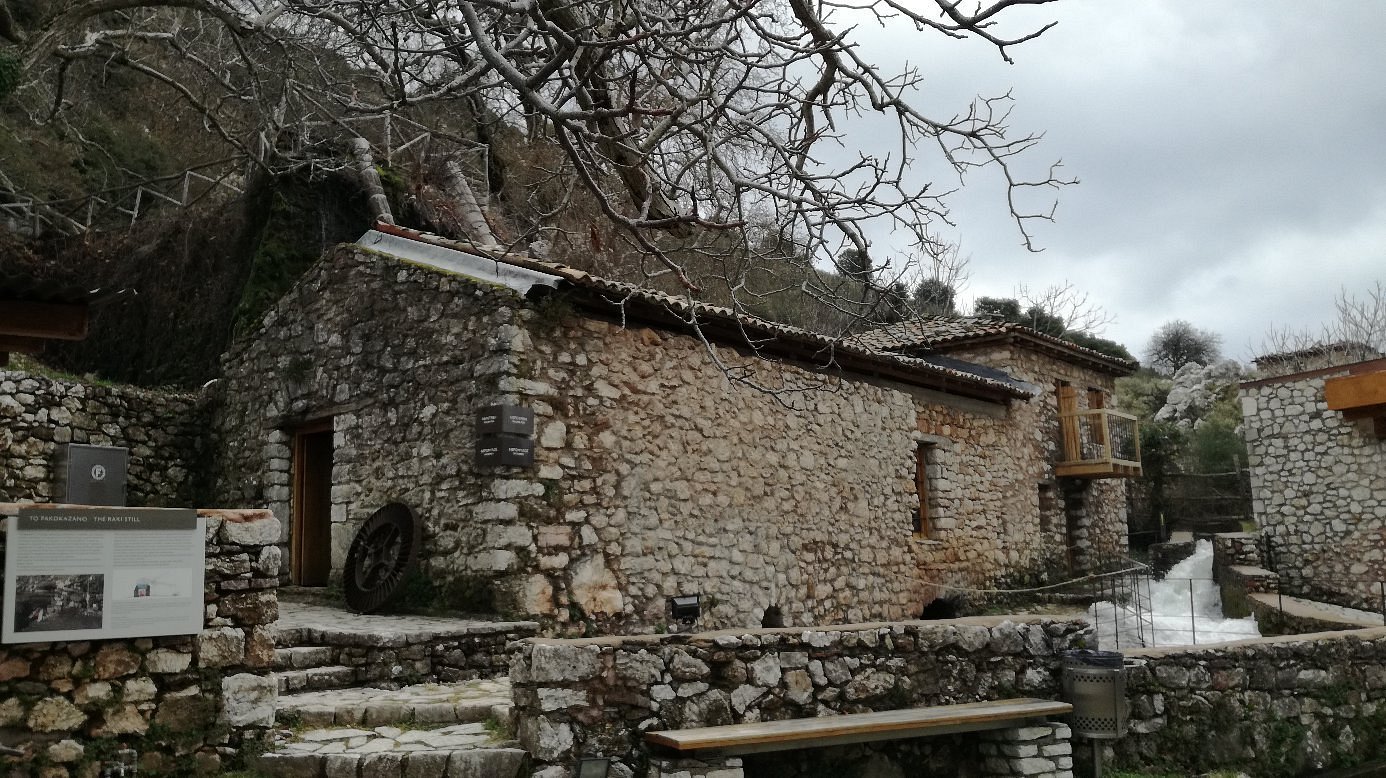
Restoration and Museum Experience
The museum’s restoration work really impressed me. They rebuilt old buildings with traditional stone and wood, and inside, original tools and equipment fill bright rooms.
Interactive displays let visitors try the millstones or work a leather bellow by hand.
Guided tours and signs give context in both Greek and English. I appreciated the clear explanations about the difference between a fulling mill (for cloth) and a flour mill. It’s a hands-on education that sticks with you.
Volunteers and experts restore more of the site each year. Their work lets visitors like me see real pieces of Greek rural life, not just staged exhibits.
Staying in nearby Dimitsana, I liked coming back at sunset to watch water cascade down the hillside, just as it did in medieval and Ottoman days. The museum’s blend of history, nature, and restoration makes it a rare spot in the Peloponnese.
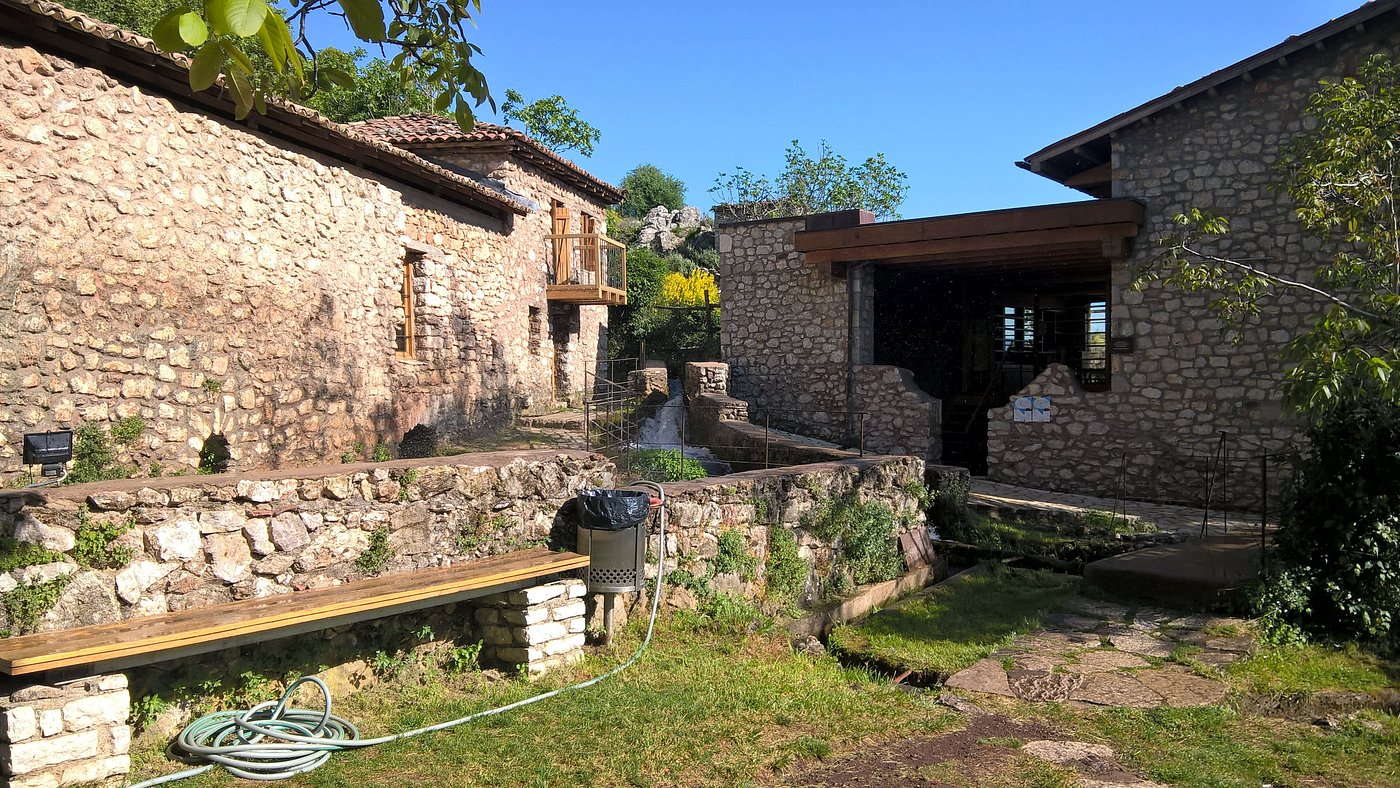
Planning Your Hike to Dimitsana
Getting ready to hike to the Open-Air Water-Power Museum in Dimitsana means more than just lacing up my boots. I need to pick the right route, think about safety, choose who’s coming, and pack what I’ll need.
Selected Hiking Trails and Routes
Several hiking trails twist through Arcadia’s hills to Dimitsana, each giving a peek into the wild heart of the Peloponnese. The most popular is the path from Stemnitsa to Dimitsana, about 12.5 km.
This route took me about five and a half hours, including a stop at the museum.
The trail is well-marked, which made navigation easy even without a guide. For a shorter hike, I started closer to Dimitsana—handy if you’re not up for the whole trek.
The hike winds through lush gorges, past ancient monasteries, and along narrow mountain paths. The scenery kept things interesting and honestly, pretty stunning.
I grabbed a map at the museum’s entrance to plan my route. Water stops are rare, so I paid attention to distance and daylight.
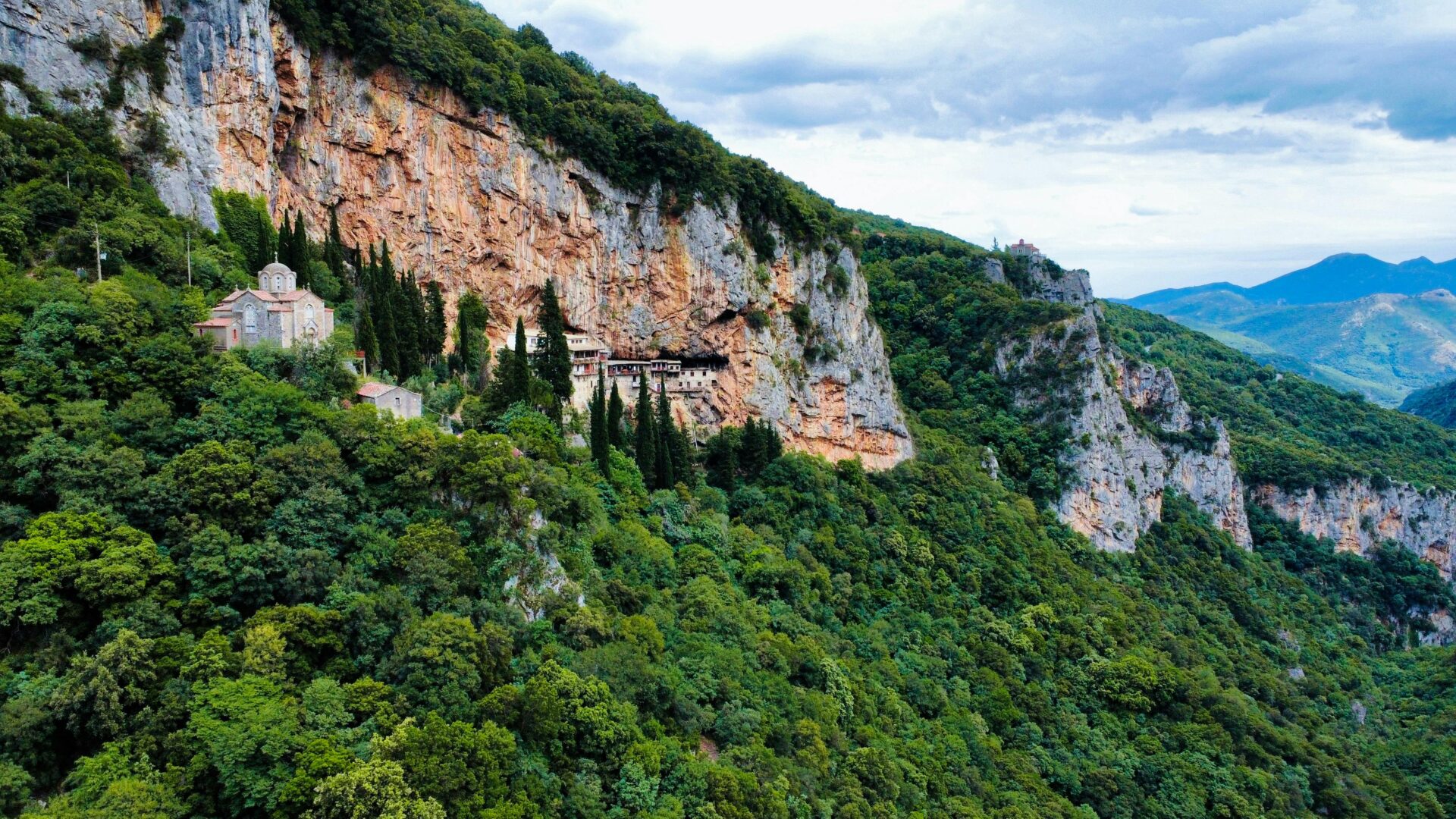
Safety and Health Considerations
When I hike these trails, safety comes first. I always bring more water than I think I’ll need since there aren’t many refill spots.
A basic first aid kit in my daypack feels essential—cuts, scrapes, or blisters can happen fast out here.
The rocky paths get slippery, especially after rain. Good hiking boots with solid grip saved me from a few nasty falls.
I check the weather forecast, since storms can roll in quickly in these hills.
Cell service is spotty. I tell someone my planned route and when I expect to be back. In the hot summer months, I start early to beat the worst heat.
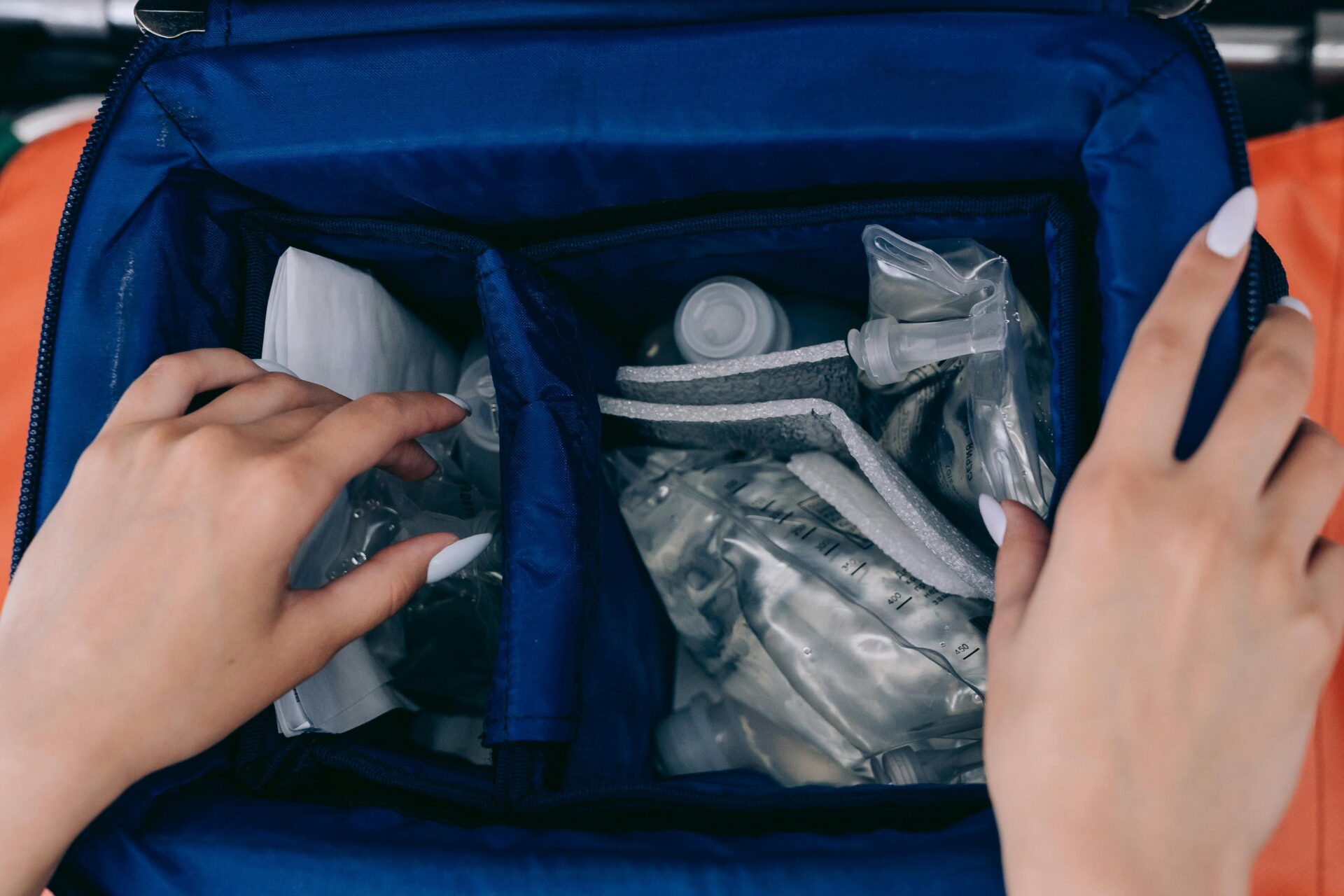
Travel Companions and Group Planning
Hiking with a travel companion adds security and makes the whole experience richer. When I plan a trip with friends or family, we talk about everyone’s hiking level and pace so no one gets left behind.
Assigning simple roles, like “navigator” or “snack carrier,” gets everyone involved. Sharing tasks like organizing lunch or checking the map keeps things running smoothly.
When I’ve hiked in a group, we stick together at tricky spots—especially narrow ridges or river crossings—so no one feels pressured or alone.
If someone decides not to hike, they can meet me at the Water-Power Museum later by car. That flexibility helps with mixed-ability groups, which, let’s be honest, happens a lot with family or friends.
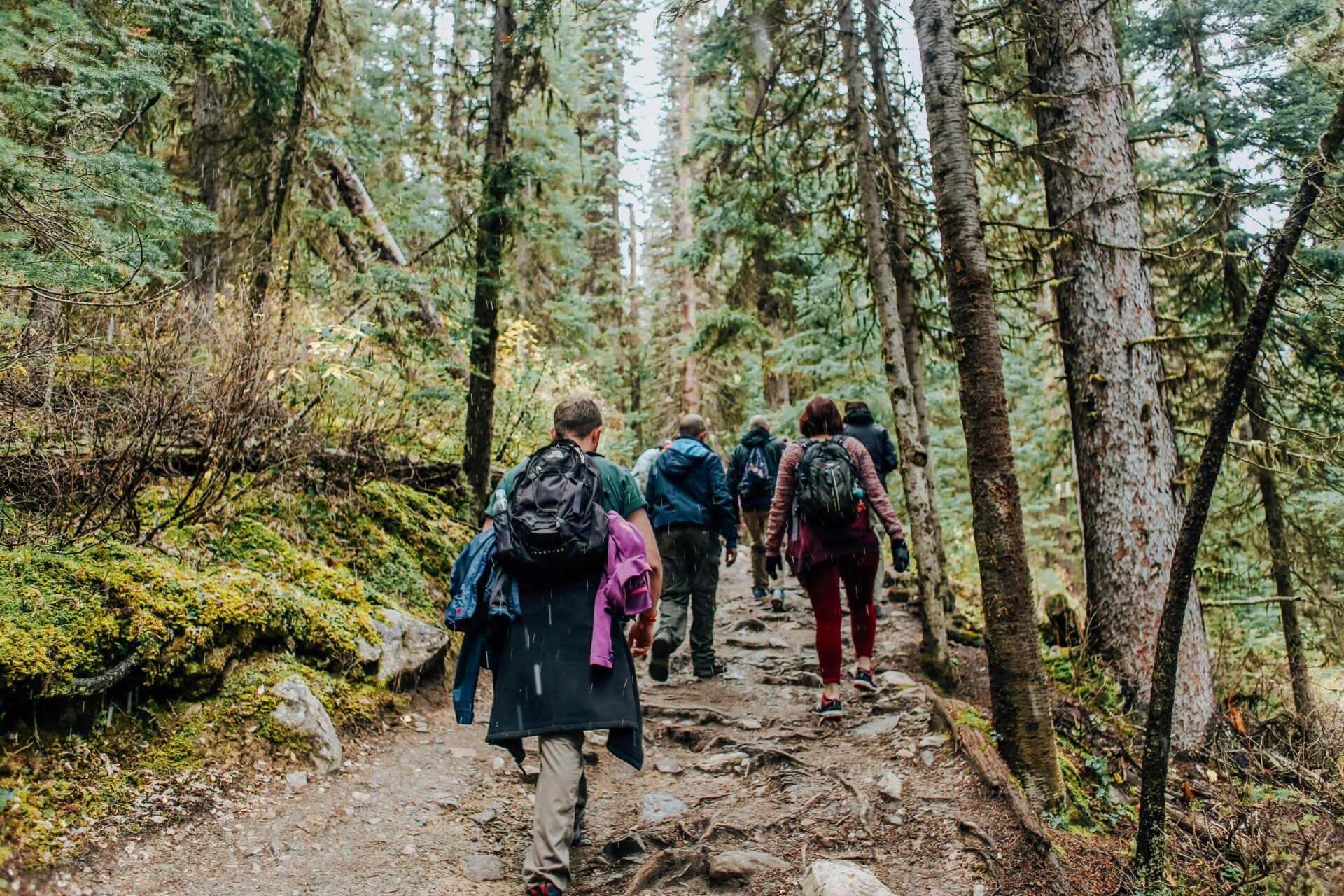
Entry Requirements and What to Bring
There’s no special permit needed to hike these Arcadian trails, but I always check for any new guidelines before heading out, since local rules can change. For the museum, I bring a few euros for the entrance fee—tickets aren’t included with any tour or hike.
Packing light but smart is my motto. I wear layers—temperatures shift quickly in the Peloponnese mountains.
My essentials:
- Water (at least 1.5–2 liters)
- Light lunch or snacks
- Sun protection (hat, sunscreen)
- Sturdy shoes
- Simple first aid kit
- Map or offline GPS app
- Cash euros for museum entry
I also bring a camera or phone to snap photos of the old stone water mills and those sweeping views that make this route so memorable.
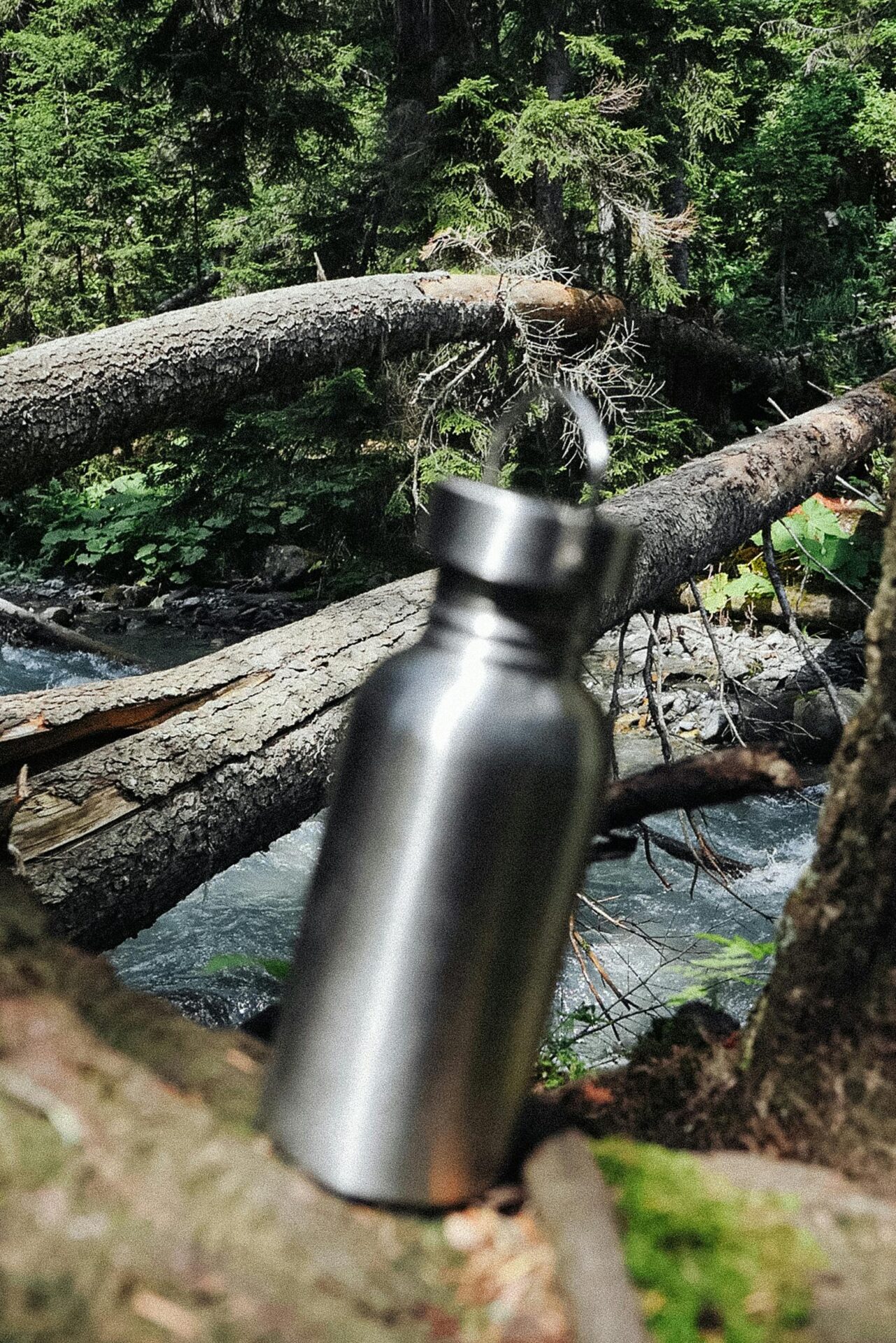
Dimitsana’s Timeless Charm
Walking through Dimitsana feels like stepping into another age. With every step, I spot the layers of history on its buildings, streets, and faces.
This mountain village in Arcadia offers stories carved into stone, painted in chapels, and echoed in everyday life.
The Village’s Traditional Architecture
Dimitsana’s old stone houses line narrow, winding lanes and cling to the slopes of Arcadia’s fir forests. Many are built from thick local stone with tiled roofs and wooden balconies looking out over green valleys.
Small courtyards overflow with flowers and clusters of herbs.
As I walk past the crumbling watermills and sturdy archways, I can’t help but admire the village’s craftsmanship. Builders used local materials that keep homes warm in winter and cool in summer.
Little details—old iron lanterns, carved lintels—give each house its own personality.
At the central square, stone paths connect guesthouses, tiny bakeries, and cozy cafés. The whole village almost feels like an open-air museum.
Every alley invites me to wander, discover tucked-away corners, and imagine the generations who once lived here.

Historic Churches and Houses
Dimitsana’s skyline bristles with historic churches, their bells echoing across the hills. The most well-known is the Church of Agia Kyriaki, right in the heart of the village.
Stepping inside, I see faded frescos and chandeliers swaying overhead. The air smells faintly of beeswax and incense.
Some houses belonged to famous Arcadian leaders and scholars. Local guides share stories about priests who ran secret schools here during tough times in Greek history.
Every house and chapel shares a bit of that past, especially in the hidden courtyards and arched entryways.
When I pass by the Hydropower Museum, I see how the church and nearby houses depended on mountain water for daily life, spiritual rituals, and festive gatherings.
These old buildings connect daily routines with history and tradition.

Local Culture and Community
Daily life in Dimitsana feels lively and traditional at the same time. It’s common to see neighbors gather at tiny tavernas or in family kitchens, sharing bread, cheese, and stories.
The open smiles and friendly greetings make it easy to feel at home, even if you’re just visiting.
Festivals matter here, with music, food, and dancing filling the streets. During holidays, candles light up the churches and square, creating a welcoming glow seen from far across Arcadia’s hills.
I’ve joined local feasts that served wild greens, mountain honey, and cheeses made right in town.
Shops showcase handmade goods—woven rugs, wooden utensils, or bread fresh from a wood-fired oven. Locals take pride in their crafts and happily share the stories behind what they make.
Dimitsana lives its traditions and lets anyone who visits join in the daily rhythm.

Exploring the Waters: A Refreshing Experience
As I made my way to the Open-Air Water-Power Museum, I found water everywhere—springs bubbling from hillsides, streams tumbling over rocks, and spots where locals gather to cool off on hot days.
Fresh, clean mountain water keeps the hiking trails lush and the stops along the way full of life.
Natural Springs and Rivers
Dimitsana is known for its abundant natural springs. As I hiked to the museum, I spotted several springs pouring crystal-clear water into pools and brooks, surrounded by wildflowers and moss.
These springs feed the Lousios River, which flows nearby.
The river’s cool, fast-moving water brings a fresh feel, even during Greece’s hot summers. Small wooden bridges cross the streams, making for scenic resting spots.
Locals fill their bottles with spring water, trusting its purity and taste.
A table of popular natural water spots near Dimitsana:
| Spot Name | Feature | Distance from Museum |
|---|---|---|
| Lousios River | Cold river, clear | 0.4 km |
| Ancient Spring Pool | Shady, calm | 0.2 km |
| Forest Creek | Gentle stream | 0.6 km |
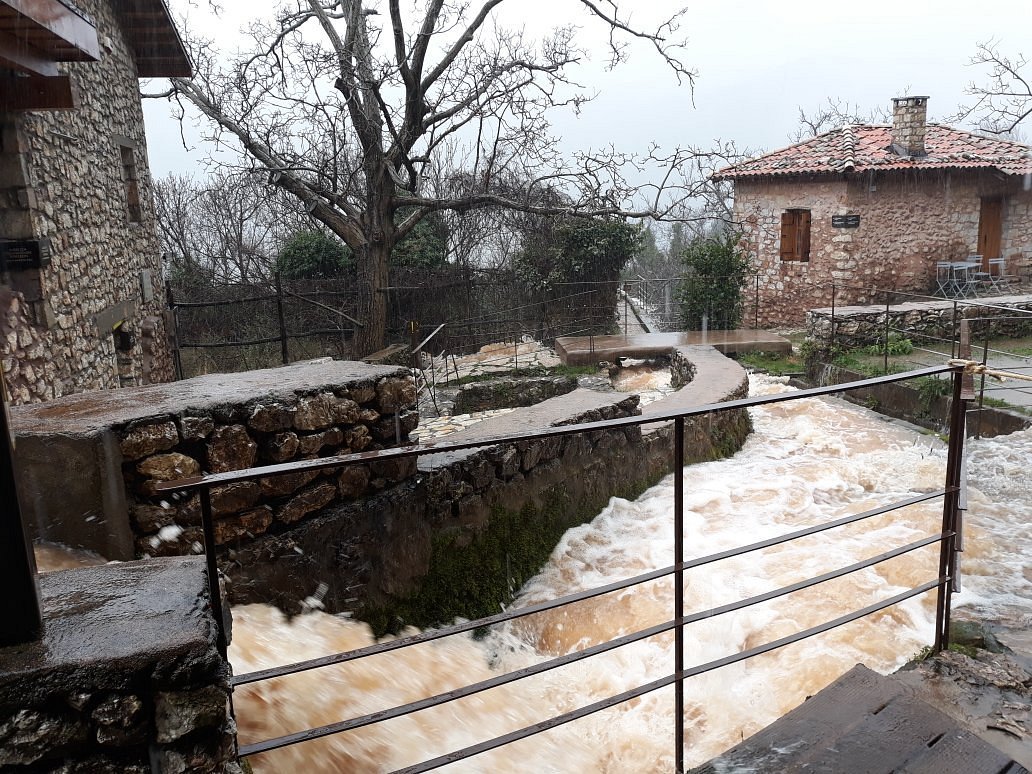
Swimming Spots Near the Museum
Swimming isn’t just for the seas or the Greek islands, you know. Around Dimitsana, I found some great spots along the Lousios River. In the warmer months, locals and a few travelers gather at the wider, calmer sections to wade or just jump in for a quick dip.
The water feels shockingly cold, but honestly, that’s half the fun. I met a couple of hikers who just dove in with their clothes on and let the sun dry them as they lounged on the riverbank. Sure, there aren’t any sandy beaches like you’d find on the Mediterranean, but the smooth rocks and shady banks have their own kind of magic.
Local guides usually point out the safest spots for swimming, which helps a lot. You’ll also find shallow pools near the museum—perfect for dipping your feet or cooling off after a walk.
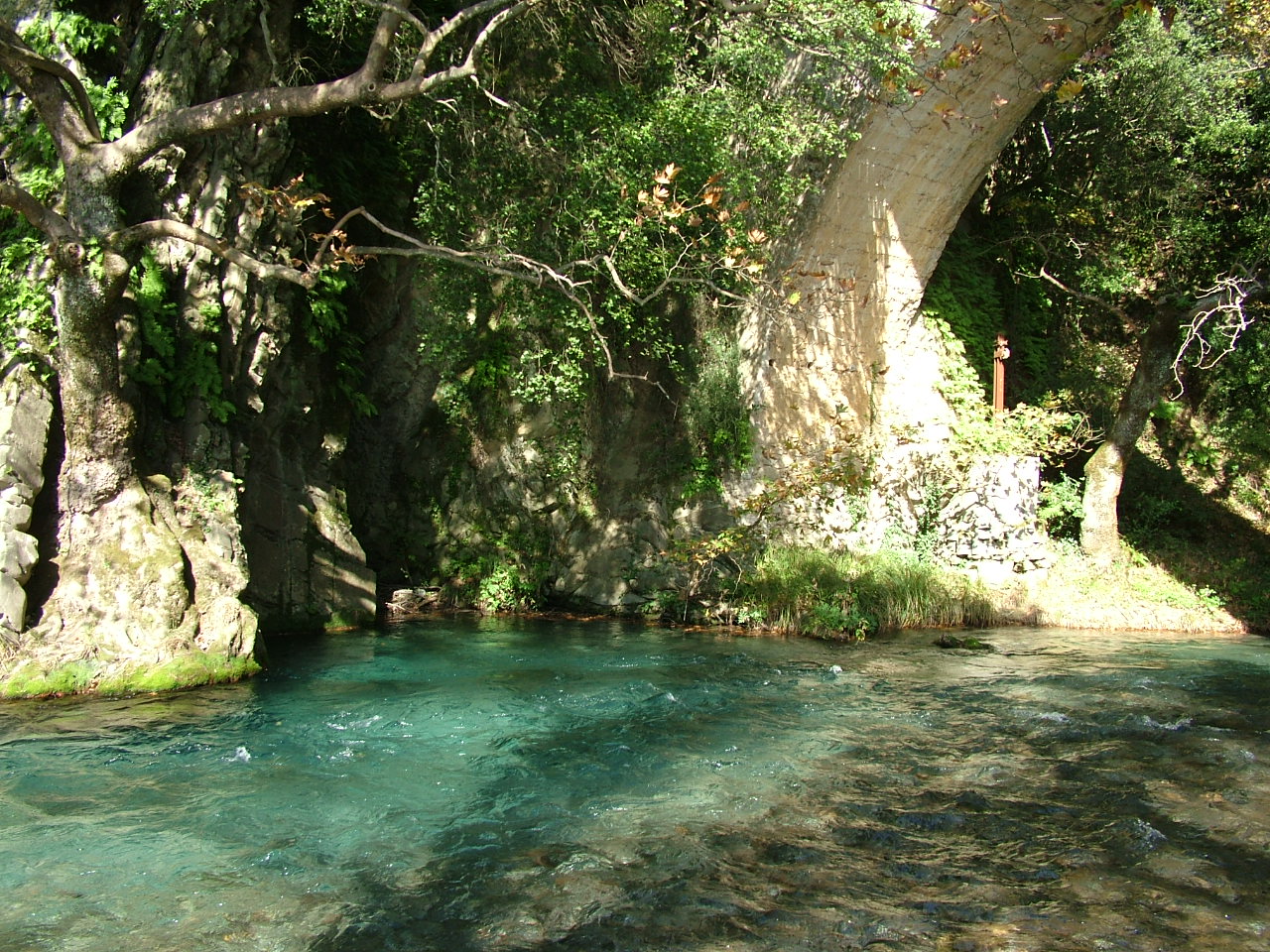
Eco-Friendly Activities
There’s more to Dimitsana’s water sites than swimming. I joined a small, eco-focused hike where we talked about water conservation and the river’s role in the local ecosystem. Our guide explained how the ancient watermills (now in the museum) used river power in surprisingly sustainable ways.
Some folks try kayaking or river trekking on the Lousios. Guides keep these activities small and careful to protect rare plants and fish. I noticed that most outings are intimate—just a handful of people, leaving only footprints.
Spotting birds and turtles along the riverbank was a highlight for me. Everyone here really tries to respect the environment—using marked trails, packing out trash, and only swimming where it’s allowed. Hikers and locals work together to keep the springs and rivers as clear as ever.

Making the Most of Your Stay in the Peloponnese
When I visited Dimitsana for the Open-Air Water-Power Museum, I quickly realized the area is packed with welcoming hotels, classic Greek restaurants, and charming shops. Spending a few days in western Peloponnese let me soak up the comfort and local flavor between hikes.
Nearby Hotels and Accommodation
Dimitsana and the western Peloponnese offer all kinds of places to stay. I found small guesthouses where hosts shared tips over breakfast, and boutique hotels tucked inside old stone mansions. Many rooms overlook the village or mountains, which feels peaceful after a day out.
I’d happily recommend the Kentrikon Hotel for its friendly staff and old-world charm. The Nerida Boutique Hotel sits just a short walk from the museum, too. Both places offer modern comforts—free WiFi, cozy bedding, homemade breakfast—so you’ll get a restful night’s sleep.
If you want something more rustic, family-run inns just outside Dimitsana have a special charm. I woke up to the sound of church bells and the smell of fresh bread. It’s smart to book ahead, especially in spring and autumn when hiking crowds roll in.

Recommended Local Restaurants
Eating in Dimitsana is a treat. One afternoon, after hiking the Menalon Trail, I dropped by To Pano Kato, a taverna known for its wood-fired lamb and seasonal salads. The food tasted fresh and filling, and the terrace view made dinner feel extra special.
Tefthis was another favorite, with local cheeses, homemade pies, and slow-cooked stews on the menu. I chatted with the staff about how their recipes came straight from their grandparents.
For something quick, plenty of cafés in the village square serve Greek coffee and pastries—ideal for a hiking snack. And when I craved something sweet, I grabbed diples (honey fritters) from a little bakery. Worth every bite.

Shopping and Souvenirs
Shopping in Dimitsana feels personal and a bit old-fashioned, in the best way. I wandered into shops selling handmade soaps from olive oil, honey from nearby hives, and traditional textiles like woven table runners.
Small stores sell jams and preserves, most made from local fruit. I brought home a jar of mountain tea—just a little taste of Greece in my kitchen.
The main square has a few shops with handcrafted woodwork and pottery. I picked up a small olive wood bowl that now sits on my table, reminding me of my time here. Most shopkeepers love to chat about their crafts, and that makes shopping feel more like a conversation than a transaction.

Beyond Dimitsana: Arcadia and the Greek Mainland
Arcadia offers more than just Dimitsana and its museum. The region brims with charming villages, dramatic mountains, and ancient landmarks. It’s surprisingly easy to explore deeper into the heart of Greece from here.
Hidden Gems in Arcadia
When I wandered away from Dimitsana, I found Stemnitsa—a traditional village famous for silversmiths and cobbled lanes. It sits above the Lousios River and feels like stepping back in time.
I hiked the Menalon Trail, a scenic path through the Gortynian Mountains. The trail links several mountain villages like Vytina and Lagkadia, winding through pine forests, gorges, and some jaw-dropping viewpoints.
Along the way, I stumbled across stone bridges, cliffside monasteries like Prodromos, and even ancient ruins hidden in the woods. Each village served handmade food—hearty stews and fresh bread—that tasted especially good after a long walk.
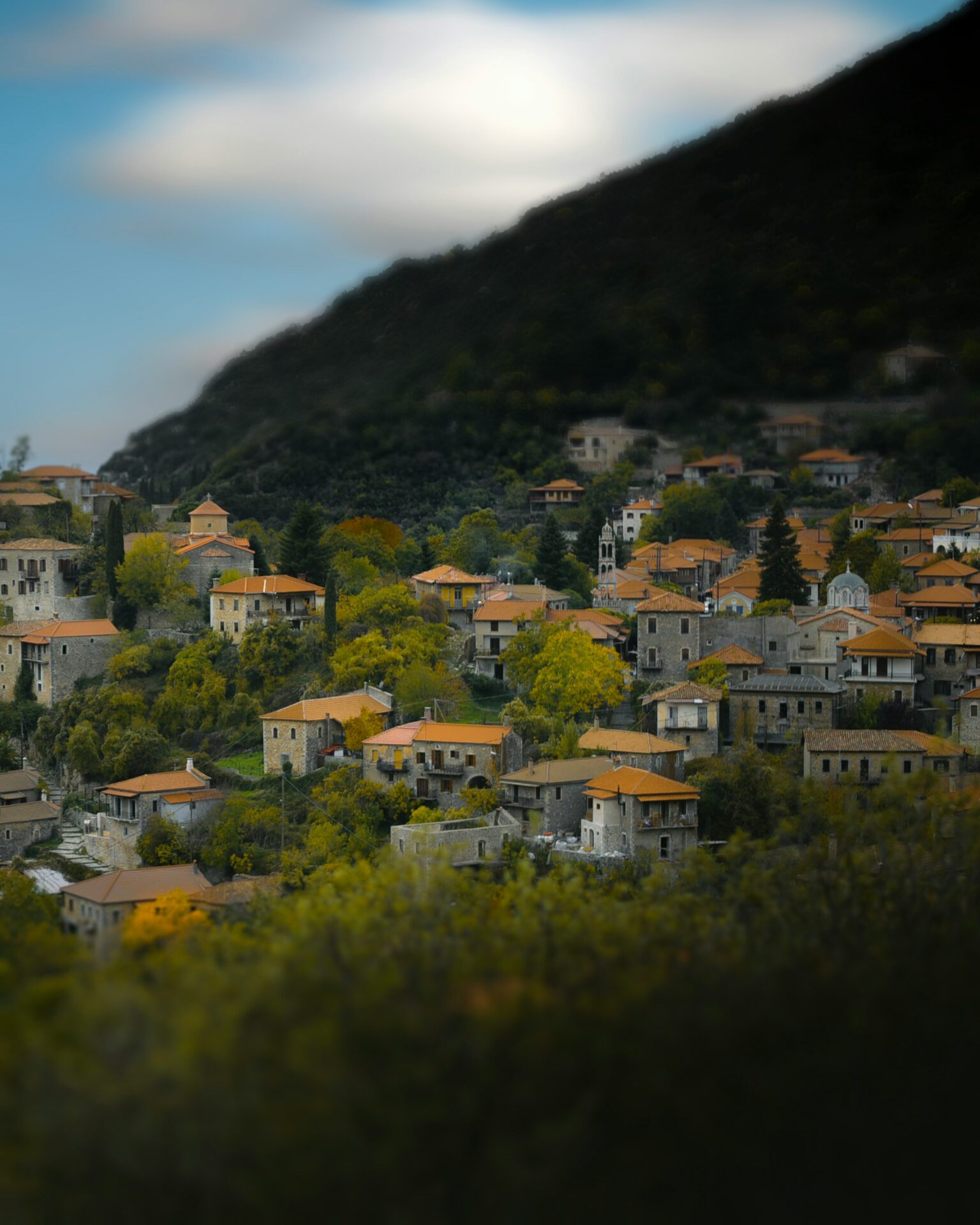
Accessing Dimitsana from Athens
Driving from Athens to Dimitsana turned out to be pretty straightforward. It took me about 2.5 to 3 hours, heading southwest on the main highway toward Tripoli, then up winding mountain roads into Arcadia. Signs made the trip easy to follow.
You can get there by public transport, but it takes longer. Buses run from Athens to Tripoli, and from there, local buses reach Dimitsana, though not all that frequently. Renting a car gave me the freedom to stop in little towns along the way—especially in the Argolid, which is packed with olive groves and ancient sites like Nafplion.
I paired my trip with visits to cities like Patras and even Sparta. If you want a coastal detour, Kalamata in Messenia or the Mani Peninsula are both well worth the extra drive.
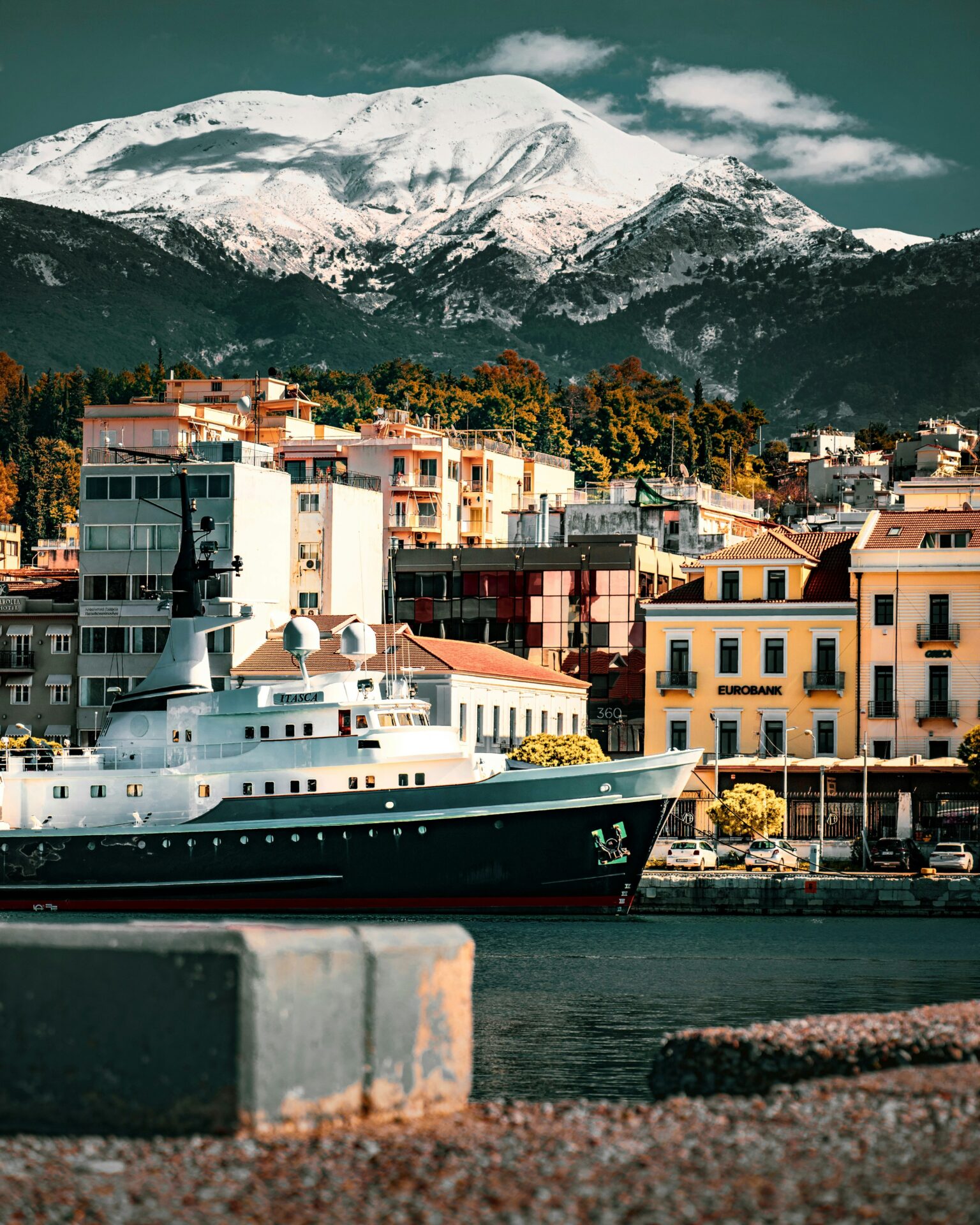
Exploring Surrounding Regions
After I visited Dimitsana, Central Greece really opened up for me. Suddenly, there were endless possibilities just waiting down the road.
Nafplion caught my eye next, with its Venetian old town and those gorgeous seaside views. Honestly, it felt like the perfect place to pause and just soak it all in.
When I drove south, Sparta appeared—steeped in history and wrapped in olive orchards. I couldn’t help but feel the weight of its past as I wandered around.
The Mani Peninsula? That place surprised me. Wild, rocky, and dotted with stone towers, it didn’t look like anywhere else I’d seen in Greece.
If you love food, you’ve got to check out Messenia. Messina and Kalamata burst with olive groves, lively markets, and sunlit coastlines that just beg you to stay a little longer.
I squeezed in a side trip to Patras, too. Its famous bridges and the way it sits near the Peloponnesian mountains really rounded out my trip.
Every spot had its own mood and rhythm. With a car, I could reach each one easily, and honestly, the rewards went way beyond what you’d find in a typical guidebook.

